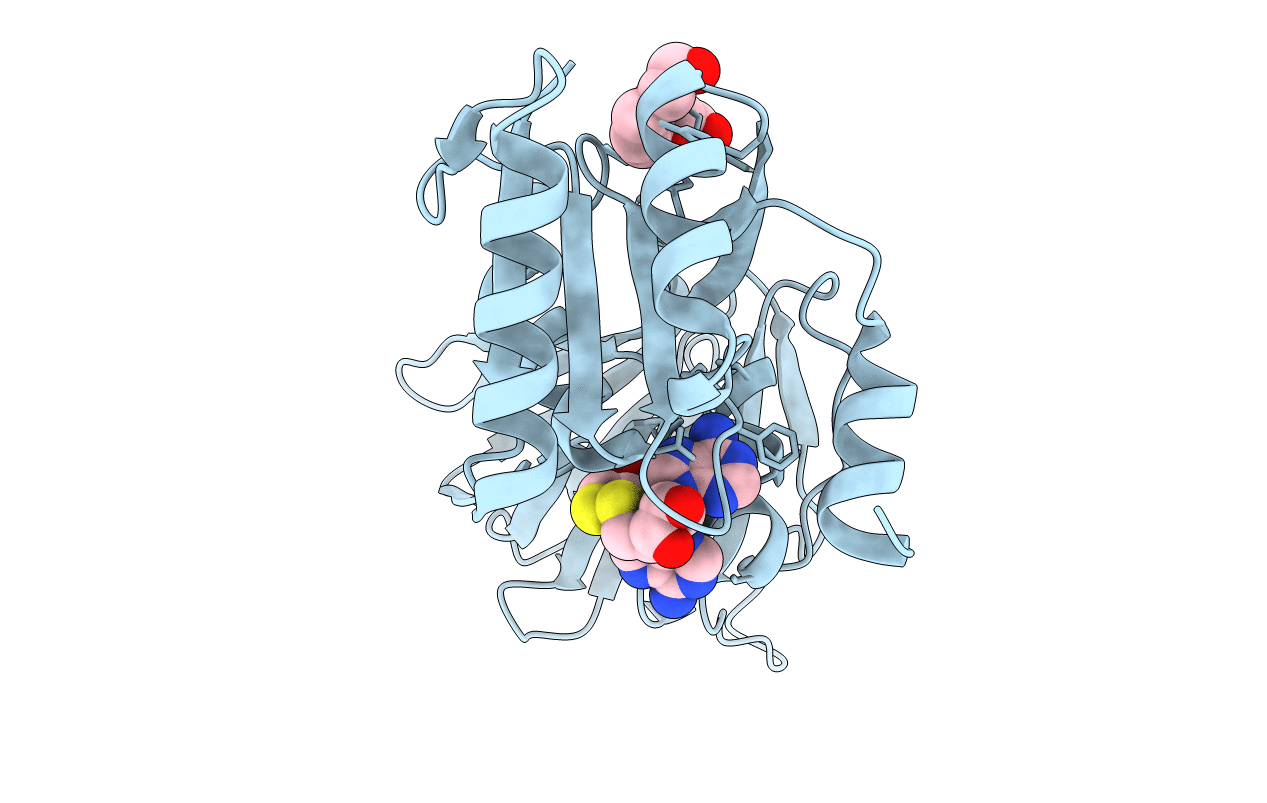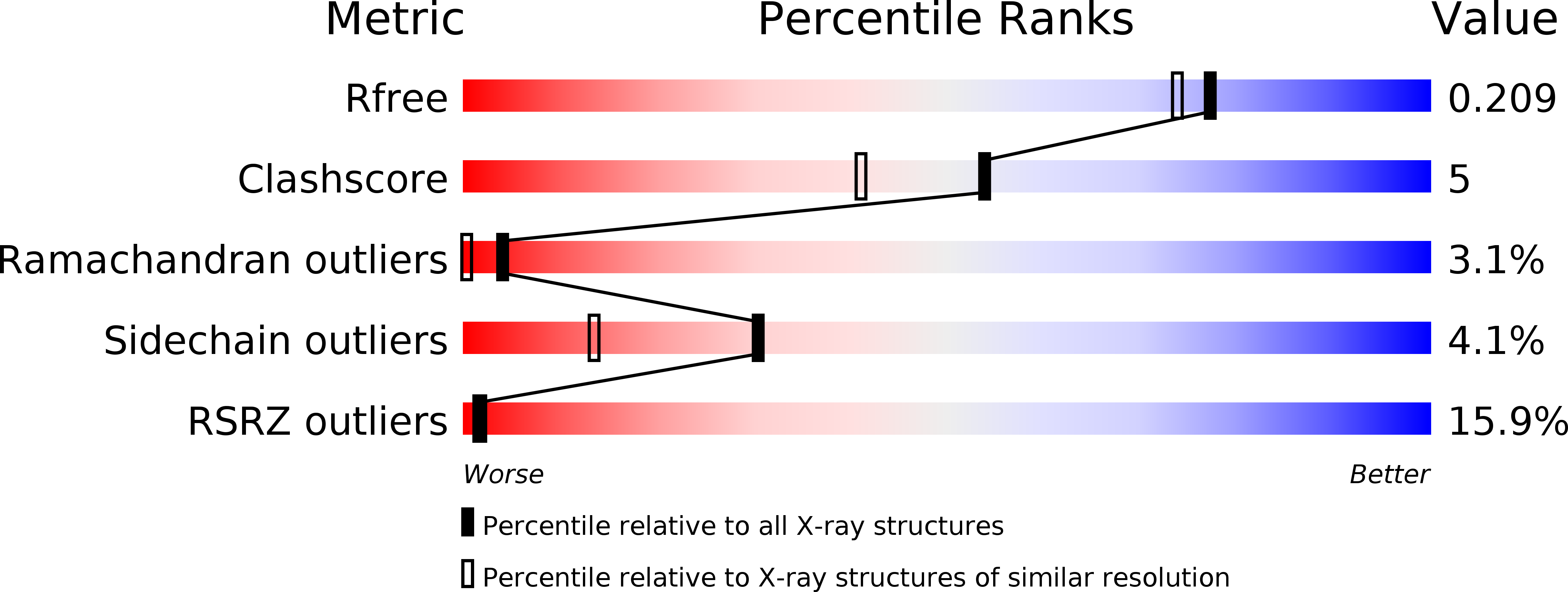
Deposition Date
2006-08-16
Release Date
2007-08-07
Last Version Date
2023-08-30
Entry Detail
Biological Source:
Source Organism:
Listeria monocytogenes EGD-e (Taxon ID: 169963)
Host Organism:
Method Details:
Experimental Method:
Resolution:
1.85 Å
R-Value Free:
0.21
R-Value Work:
0.19
R-Value Observed:
0.19
Space Group:
I 2 2 2


